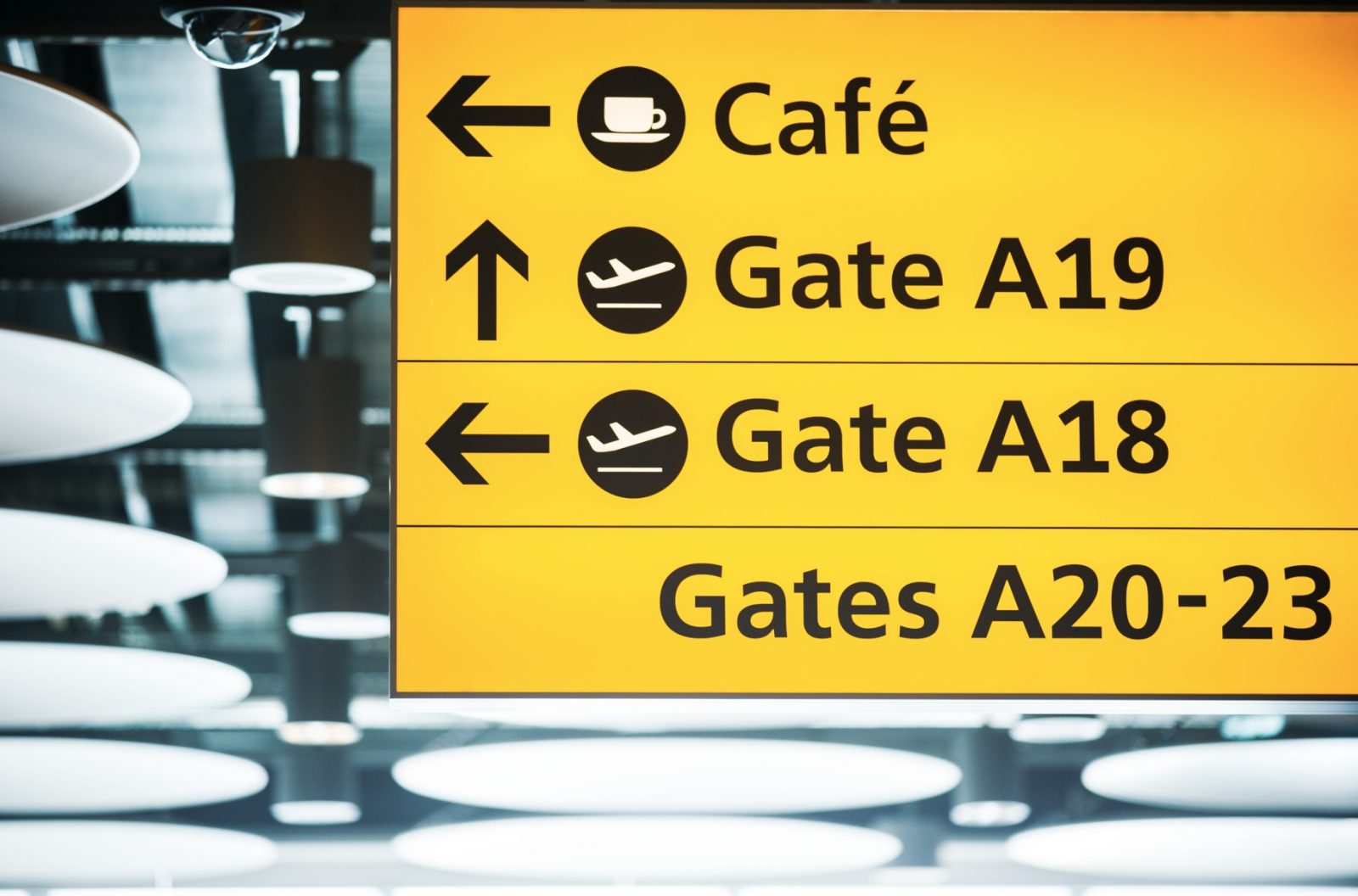
Loud-mouthed and potentially dangerous disruptive passengers have become a major concern for airlines in the United Kingdom over the last few years. In fairness, it’s not an issue which only effects British airlines but it’s certainly one which has caught the attention of the country’s media and the British public.
Much of the problem has been attributed to the Brits obsession with getting drunk before their eagerly awaited holiday. Airport bars open in the small hours for the first flights of the day where many holidaymakers are said to wash down their English breakfasts with a pint of lager or perhaps the ever-popular Gin & Tonic.
But the drinking doesn’t stop there. Passengers are said to take advantage of discounted alcohol in the Duty-Free store and then sneakily drink their favourite tipple onboard the flight – alongside any other drinks they’ve been given. Little wonder that rowdy behaviour soon ensues.
Apparently, the situation has got so bad that some lawmakers in the country have suggested limiting the opening hours of airport bars and working out a way of rationing how much alcohol a passenger is allowed to buy – either for immediate consumption or on the plane.
And the British public seems to agree with politicians for once. A new study by the Institute of Alcohol Studies in partnership with Eurocare found that 86% of the public agreed that airport bars should be better regulated. And 74% thought Duty Free alcohol should be placed in sealed containers that can’t be opened on the plane.
Around 60% of British adults had encountered a drunk passenger while flying and just over half of respondants thought there was a “serious problem” with excessive alcohol consumption in-flight.
Even a number of major airlines have criticised the current situation, including Ryanair (which isn’t even a British airline) which is said to have a particular problem, especially with excited groups of stag and hen parties. A disruptive passenger can result in the pilot diverting a plane – an incredibly expensive exercise that any airline is keen to avoid.
The Civil Aviation Authority, which as the name suggests, oversees commercial aviation in the United Kingdom has just released the latest statistics for the number of disruptive passengers dealt with by UK airlines. So far this year, over 200 incidents have been reported – and as the CAA points out, this was before the busy summer rush of holidaymakers took to the air.
The number of incidents has massively increased over the last few years. In 2013, only 98 incidents were reported to authorities but by 2017 that figure had risen to 417. A 325% increase in just five years. And as only the most serious incidents are reported, the CAA thinks the real number of disruptive passengers is far higher.
The figures tally with findings from the International Air Transport Association (IATA), an aviation trade body which represents the majority of airlines around the world. An IATA study found there had been over 58,000 reported cases of unruly passengers between 2007 and 2016 from airlines around the world.
In 2016, which is when the latest figures are available from IATA, around 169 incidents even involved restraint.
The CAA is calling on law enforcement to take advantage of existing laws to clamp down on disruptive behaviour, noting that wide-sweeping laws like “acting in a disruptive manner” should be used more often.
“Everyone wants their holiday flights to be enjoyable and trouble-free. Drunken and abusive behaviour on an aeroplane is totally unacceptable,” explained the CAA’s director, Richard Stephenson.
“Criminal charges should be brought against offenders more often to act as a deterrent – passengers need to know they will face the full weight of the law should they be found guilty of disorderly behaviour.”
Mateusz Maszczynski honed his skills as an international flight attendant at the most prominent airline in the Middle East and has been flying ever since... most recently for a well known European airline. Matt is passionate about the aviation industry and has become an expert in passenger experience and human-centric stories. Always keeping an ear close to the ground, Matt's industry insights, analysis and news coverage is frequently relied upon by some of the biggest names in journalism.







